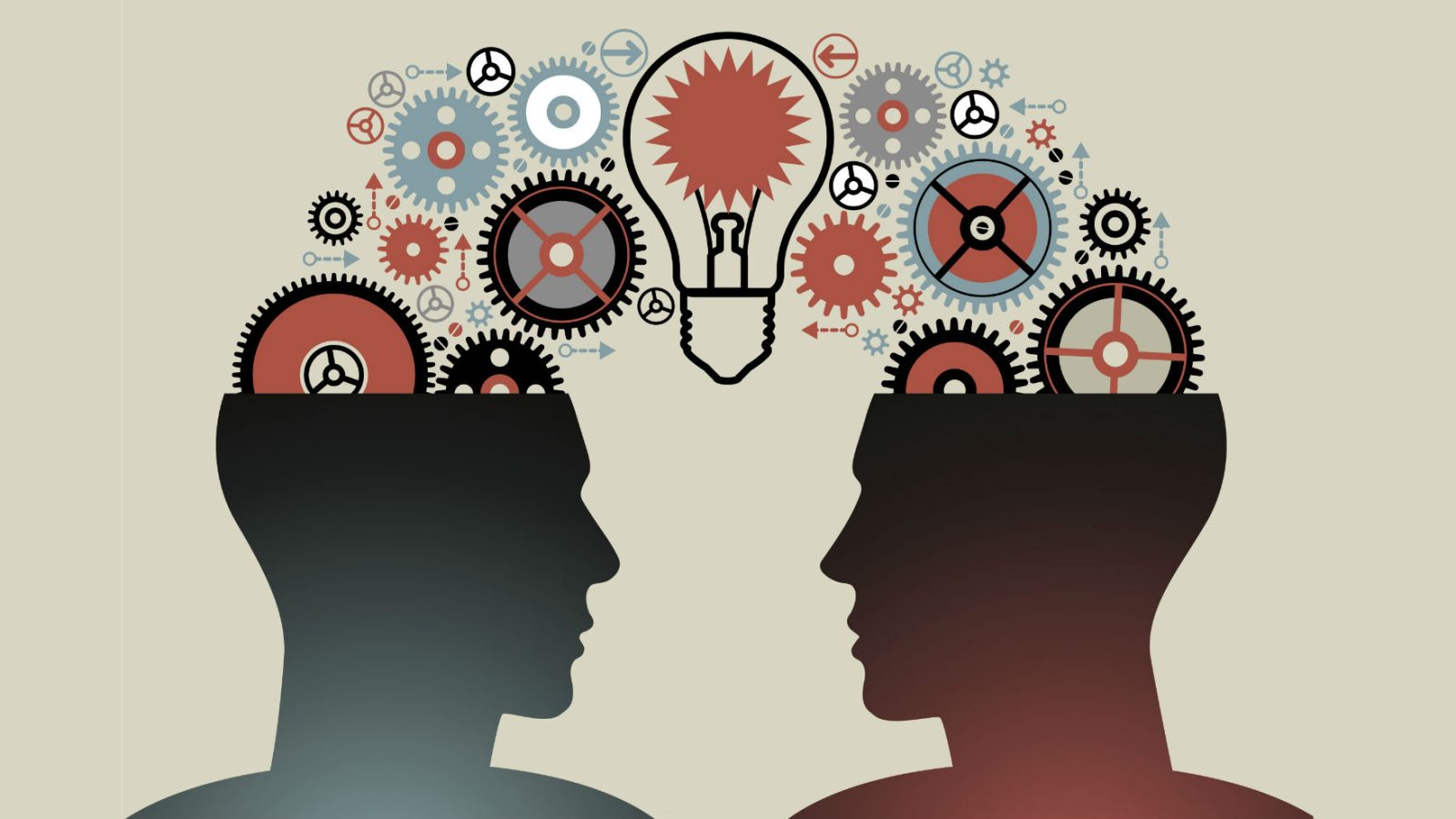The human brain is an amazing organ that allows us to express ourselves in countless ways. Human contact relies on communication, or the sharing of information and ideas between people. Every aspect of human interaction relies on some form of communication, whether vocal, written, or nonverbal. The connection between the brain and language is the topic of this article.
The human brain is in charge of the entire communication process, from decoding spoken words to creating new ones. Different parts of the brain, known as hemispheres, are responsible for distinct tasks. Nonverbal cues like facial expressions and body language are processed in the right hemisphere of the brain, whereas linguistic processing takes place in the left.
The left hemisphere of the brain is home to the brain’s language centers, which are the starting point of all conversation. These language areas are in charge of both understanding and producing language. When we listen to someone speak, our brain interprets the sounds and rhythms of speech into words and sentences. Almost instantly, our brains are able to decode a speaker’s intended meaning from their words.
The human brain is responsible for both verbal and nonverbal exchanges. Facial expressions, gestures, and body language are all examples of nonverbal communication. The right hemisphere of the brain, which deals with feelings and social interactions, interprets these cues. The human brain is programmed to respond positively to happy facial expressions, such as a smile.
The brain also contributes to our capacity for empathy. To empathize is to feel what another person is feeling. The brain’s mirror neurons, which light up whenever we witness another person feeling an emotion, make this possible. This helps us empathize with the other person by putting ourselves in their shoes.
The human brain controls every aspect of communication, but it isn’t flawless. Language and cultural hurdles, as well as personal biases, can all contribute to a breakdown in communication. It’s crucial to recognize the potential causes of communication breakdowns and take corrective action as necessary. Finding a translator, exploring a new culture, or challenging one’s own prejudices are all examples of what this phrase could mean.
In conclusion, the human brain is an incredible organ that facilitates our many forms of mutual understanding and interaction. Language, nonverbal clues, and empathy are all forms of communication that are crucial to human interaction. Better communication and more meaningful relationships are possible once we grasp the significance of the brain in the process.




